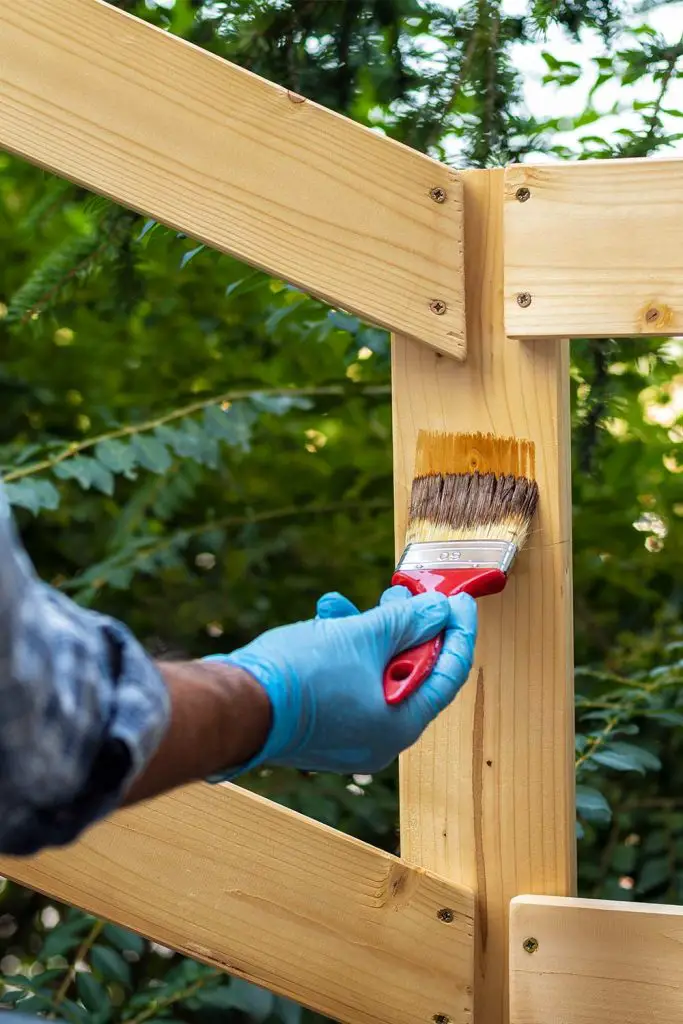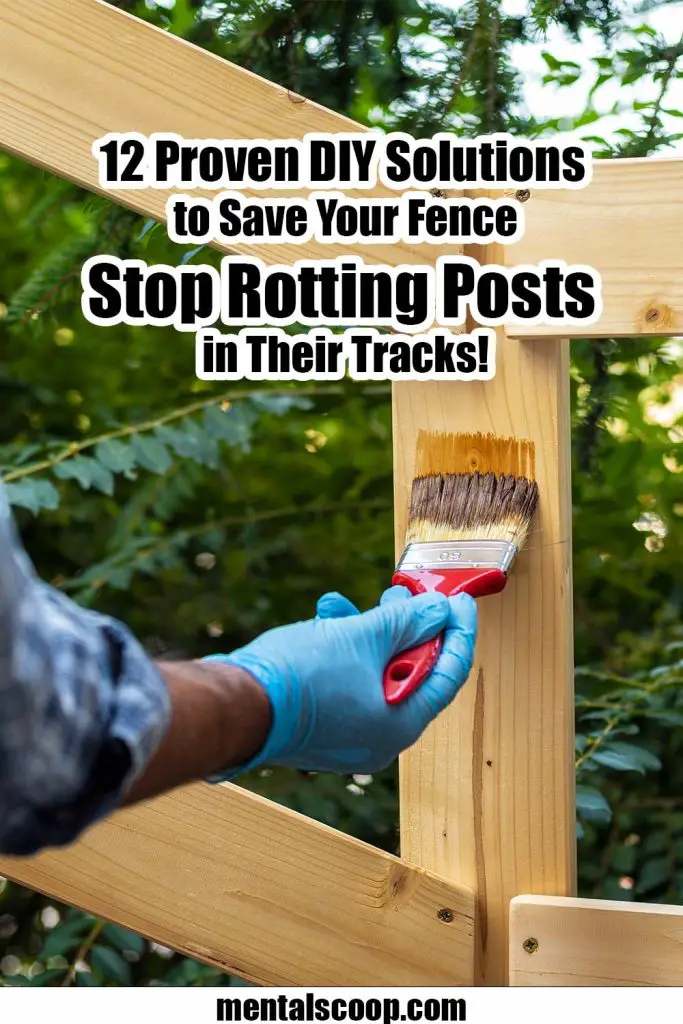12 Proven DIY Solutions to Save Your Fence: Stop Rotting Posts in Their Tracks!

A well-maintained fence adds both aesthetic appeal and functionality to your property. However, one of the most common challenges faced by homeowners is fence post rot. Rotting fence posts can compromise the stability and lifespan of the entire fence structure. To combat this issue, this article will present 12 DIY solutions to help you treat your fence posts effectively and prevent them from rotting, ensuring a long-lasting and sturdy fence.
Understanding the Causes of Fence Post Rot
Before diving into the DIY solutions, it’s essential to grasp the factors that lead to fence post rot. Understanding these causes will help you make informed decisions when implementing prevention strategies. Common culprits include moisture exposure, fungal growth, insect infestations, and poor-quality materials.
Choose Rot-Resistant Wood Species
Selecting the right type of wood is crucial for preventing fence post rot. Opt for rot-resistant wood species such as cedar, redwood, or pressure-treated lumber. These types of wood contain natural compounds that resist decay and fungal growth, significantly increasing the lifespan of your fence posts.
Use Proper Fence Post Installation Techniques
Proper installation is the foundation for a long-lasting fence. Digging the post holes to the right depth, using gravel or crushed stones for drainage at the bottom, and setting the posts in concrete are key steps to prevent moisture from accumulating around the posts, reducing the risk of rot.
Apply Water-Repellent Sealant
Applying a water-repellent sealant is an effective way to protect fence posts from water damage. Choose a high-quality sealant specifically designed for wood applications and apply it to the posts regularly. This will create a barrier against moisture penetration and reduce the risk of rot.
Utilize Protective Coatings
In addition to sealants, using protective coatings such as paint, stain, or wood preservatives can add an extra layer of defense against rot. Paints and stains not only provide aesthetic appeal but also shield the wood from moisture and harmful UV rays.
DIY Linseed Oil Treatment
Linseed oil, a natural wood treatment, can help prevent fence post rot. Mix equal parts of boiled linseed oil and mineral spirits, then apply the solution to the fence posts using a brush or cloth. The linseed oil penetrates the wood, providing a protective barrier against moisture.
Implement Copper Naphthenate Treatment
Copper naphthenate is a wood preservative that effectively prevents fungal decay and insect infestations. It is available in liquid form and can be applied to the fence posts by brushing or spraying. Copper naphthenate is eco-friendly and safe for use around plants and animals.
DIY Borate Solution Application
Borate solutions are widely used to treat and prevent wood rot. To make a DIY borate solution, mix borax powder with warm water until it dissolves completely. Apply the solution to the fence posts, and the borate will penetrate the wood, acting as a long-lasting fungicide and insecticide.
Consider DIY Charcoal Application
Charcoal, known for its natural absorbent properties, can be utilized to protect fence posts from rot. Crush charcoal into a fine powder and mix it with water to create a paste. Apply the paste to the fence posts, allowing it to absorb moisture and impede rot-causing factors.
Implement Epoxy Wood Filler
If your fence posts have started showing signs of rot, epoxy wood filler can be a savior. Clean out the rotted areas and fill them with the epoxy wood filler to reinforce the weakened wood. This will prevent further decay and ensure the fence remains structurally sound.
Regularly Inspect and Maintain
Preventing fence post rot is an ongoing process. Regularly inspect your fence for signs of decay or damage, and promptly address any issues you discover. Implement a maintenance routine that includes reapplying protective coatings and treatments when necessary.
Consider Metal or Synthetic Alternatives
For ultimate rot prevention, consider using metal or synthetic fence post alternatives. Steel, vinyl, and composite materials are highly resistant to rot and insect damage, providing a durable and low-maintenance fencing solution.

More interesting articles you may be interested in reading:

How To Remove A Tree Stump Painlessly
10 Vital Home Maintenance Tasks You’ll Regret If You Forget
See How Much Propane Is Left In A Tank With No Gauge
Thanks for reading and be sure to share this info with your friends using the social share buttons below.
Talking about social stuff, consider liking our Facebook page to keep up to date with our articles. Check out our other articles for more mental scoops!
